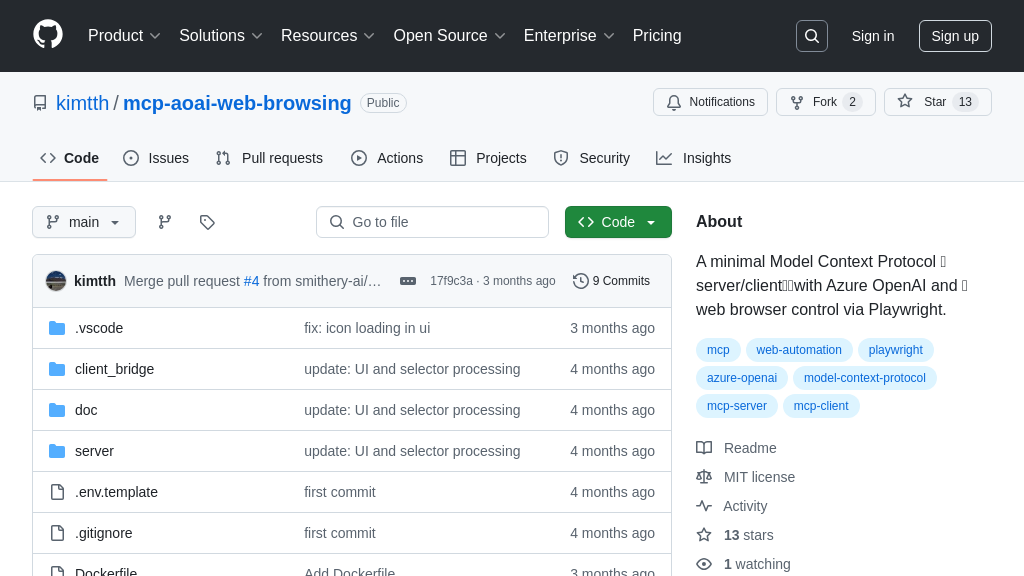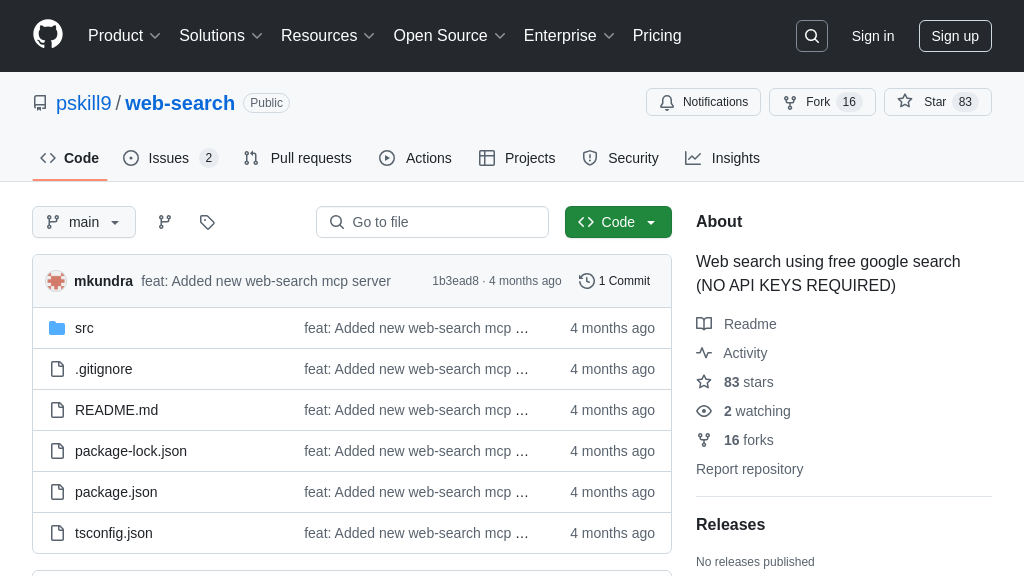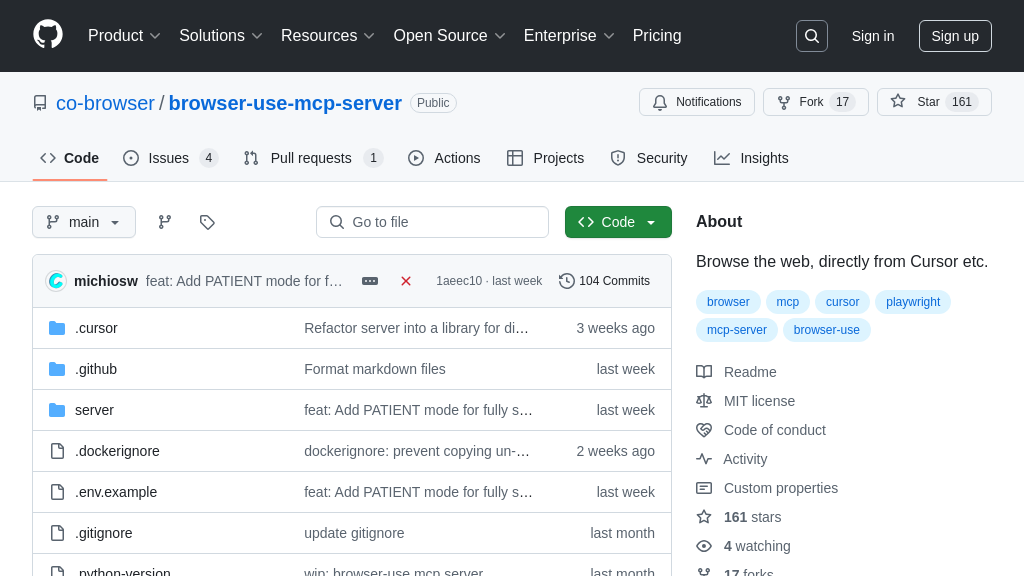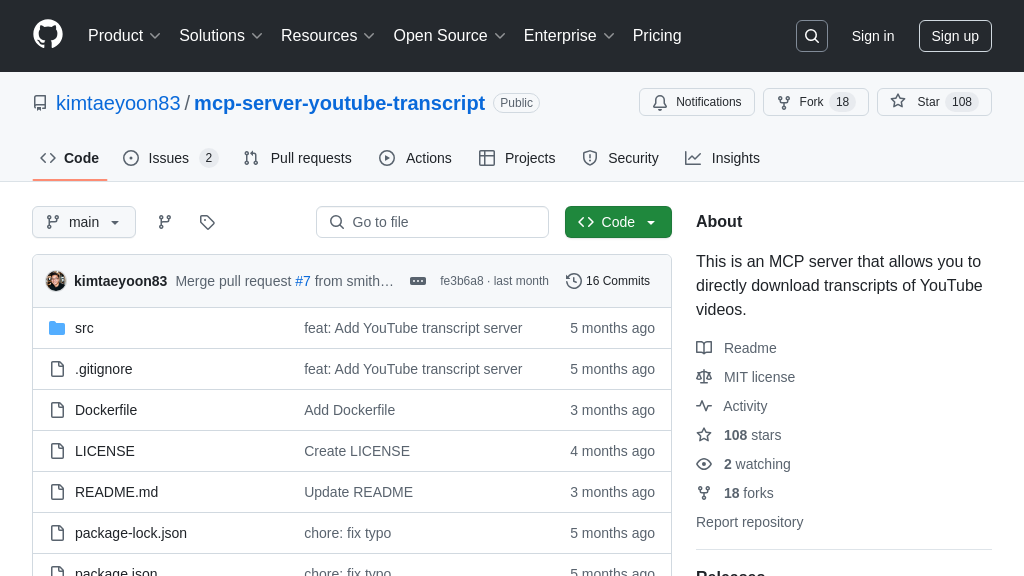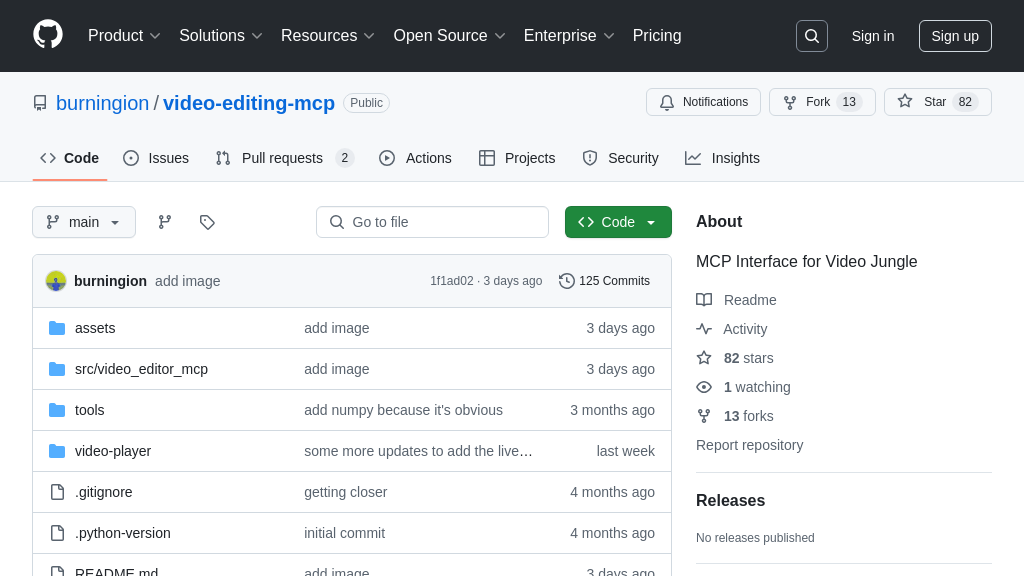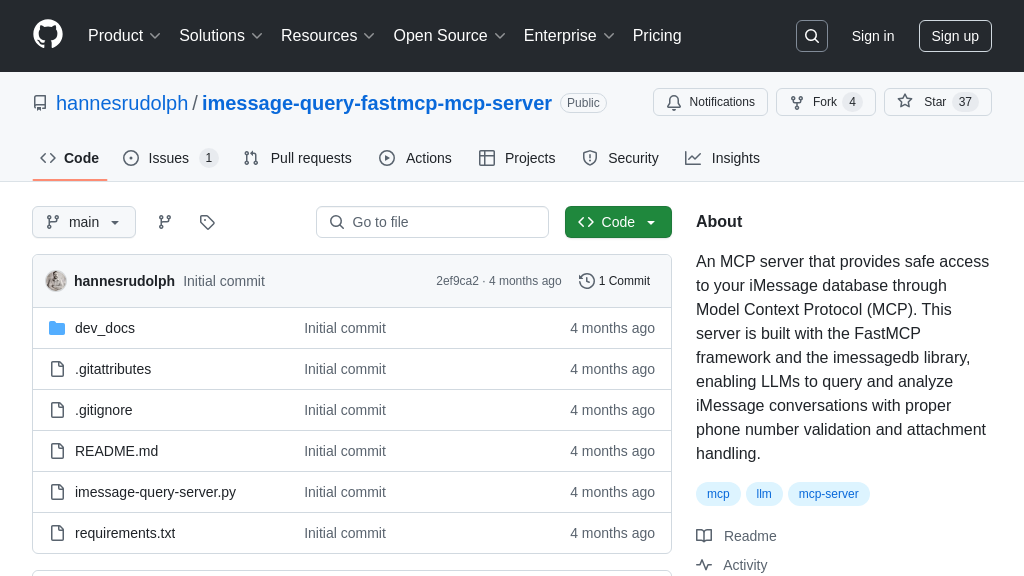vikingdb-mcp-server
vikingdb-mcp-server: Connect AI models to VikingDB for efficient vector storage and search via MCP.
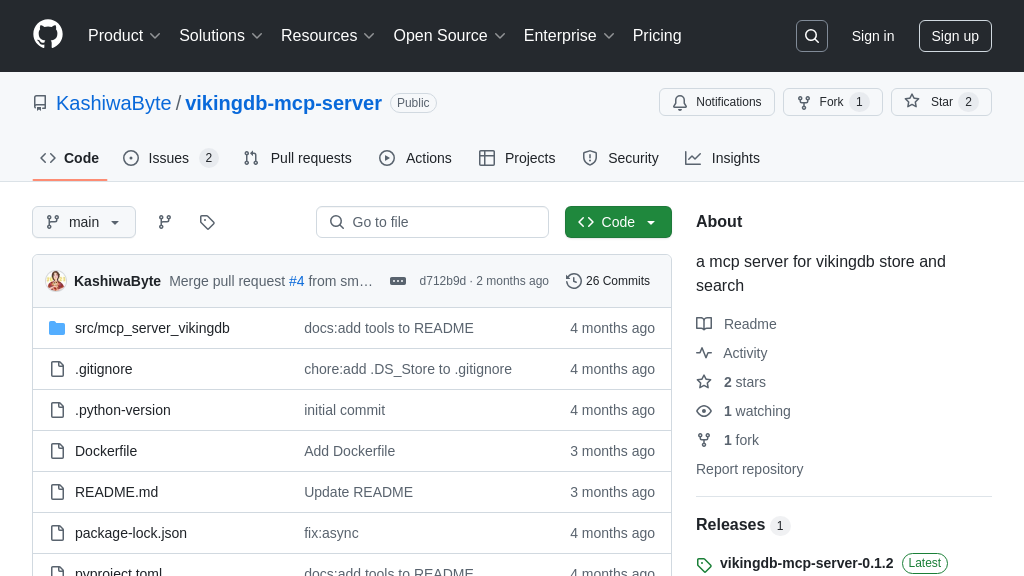
vikingdb-mcp-server Solution Overview
The vikingdb-mcp-server is an MCP server designed to connect AI models with the high-performance VikingDB vector database developed by ByteDance. It empowers AI models with tools like vikingdb-collection-intro, vikingdb-index-intro, vikingdb-upsert-information, and vikingdb-search-information, enabling them to seamlessly interact with VikingDB for storing, searching, and managing vector embeddings.
This server eliminates the complexities of direct database integration, allowing developers to focus on AI model development. By providing a standardized MCP interface, it simplifies data interaction and enhances the AI's ability to leverage vector search capabilities. Configuration is streamlined through parameters like vikingdb_host, vikingdb_region, access keys, and collection/index names. The server can be easily installed via Smithery or configured manually, offering flexibility for different deployment environments. It uses standard input/output for communication, and the MCP Inspector is recommended for debugging.
vikingdb-mcp-server Key Capabilities
Vector Data Upsertion
The vikingdb-upsert-information tool enables AI models to securely and efficiently store vector embeddings and associated metadata within a VikingDB instance. This functionality is crucial for building AI applications that require persistent storage and retrieval of learned representations. The tool accepts data, transforms it into a format compatible with VikingDB, and then inserts or updates the corresponding records. This ensures that the AI model can continuously learn and refine its knowledge base by adding new information or modifying existing entries. The upsert operation handles both new data insertion and updates to existing data based on a unique identifier, preventing data duplication and ensuring data consistency.
For example, an AI-powered chatbot could use this tool to store embeddings of user queries and corresponding responses. As the chatbot interacts with more users, it can upsert new query-response pairs into VikingDB, continuously improving its ability to understand and respond to user inquiries. The underlying implementation likely involves using the VikingDB client library to connect to the database, construct the appropriate upsert request, and handle any potential errors during the process.
Similarity Vector Search
The vikingdb-search-information tool allows AI models to perform efficient similarity searches within the VikingDB vector database. This is a core function for many AI applications that rely on finding data points that are semantically similar to a given query vector. The tool takes a query vector as input, interacts with VikingDB to identify the nearest neighbors based on a defined distance metric (e.g., cosine similarity, Euclidean distance), and returns the search results to the AI model. This enables the AI model to quickly retrieve relevant information from a large dataset of vector embeddings.
Consider a recommendation system that suggests products to users based on their past purchase history. The system could represent each product as a vector embedding and store these embeddings in VikingDB. When a user visits the website, the system can use vikingdb-search-information to find products that are similar to the user's past purchases, providing personalized recommendations. The technical implementation involves constructing a search query using the VikingDB client, specifying the query vector and the desired number of results, and then parsing the search results to extract the relevant information.
Collection and Index Introspection
The vikingdb-colleciton-intro and vikingdb-index-intro tools provide AI models with the ability to programmatically inspect the structure and configuration of VikingDB collections and indexes. This is valuable for AI models that need to dynamically adapt their behavior based on the available data and indexing strategies. By querying the collection and index metadata, the AI model can understand the schema of the data, the types of indexes that are available, and other relevant information that can inform its decision-making process.
For instance, an AI model designed to perform data analysis on VikingDB could use these tools to automatically discover the available collections and indexes, and then select the most appropriate ones for its analysis tasks. This eliminates the need for manual configuration and allows the AI model to operate in a more autonomous and flexible manner. The implementation likely involves using the VikingDB client to query the database's metadata API and then parsing the results to extract the relevant information about the collections and indexes.
Secure Access Control
The VikingDB MCP server leverages access keys (vikingdb_ak) and secret keys (vikingdb_sk) for secure authentication and authorization when interacting with the VikingDB service. This ensures that only authorized AI models and clients can access and manipulate the data stored within VikingDB. By requiring these credentials, the MCP server prevents unauthorized access and protects sensitive data from potential security breaches. This is a critical feature for building trustworthy and reliable AI applications that handle confidential information.
For example, in a financial application that uses AI to analyze market trends, the VikingDB MCP server would use access keys and secret keys to ensure that only authorized users and AI models can access the financial data stored in VikingDB. This prevents unauthorized individuals from accessing sensitive financial information and potentially manipulating the market. The implementation involves securely storing and managing the access keys and secret keys, and then using them to authenticate with the VikingDB service when making API calls.
